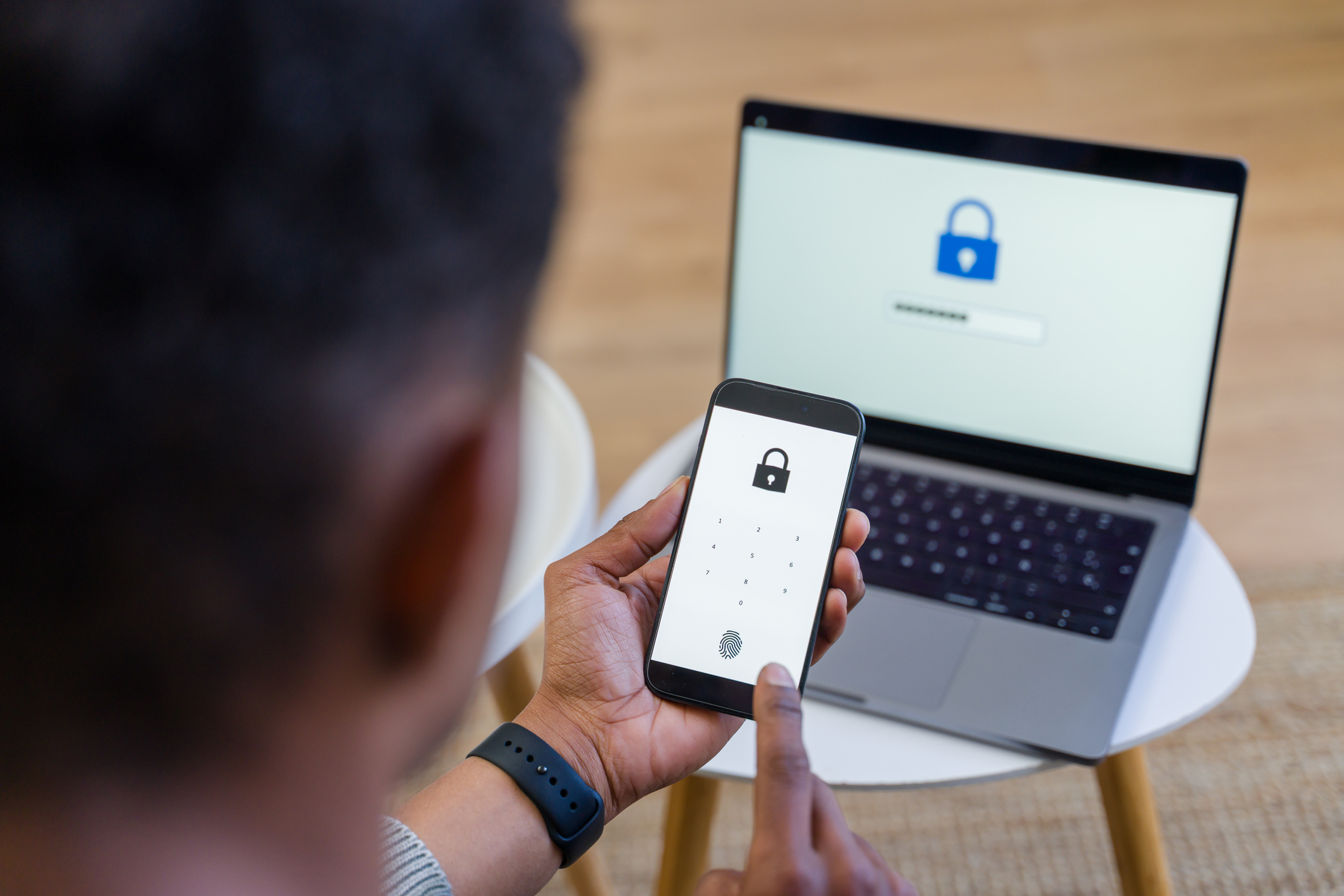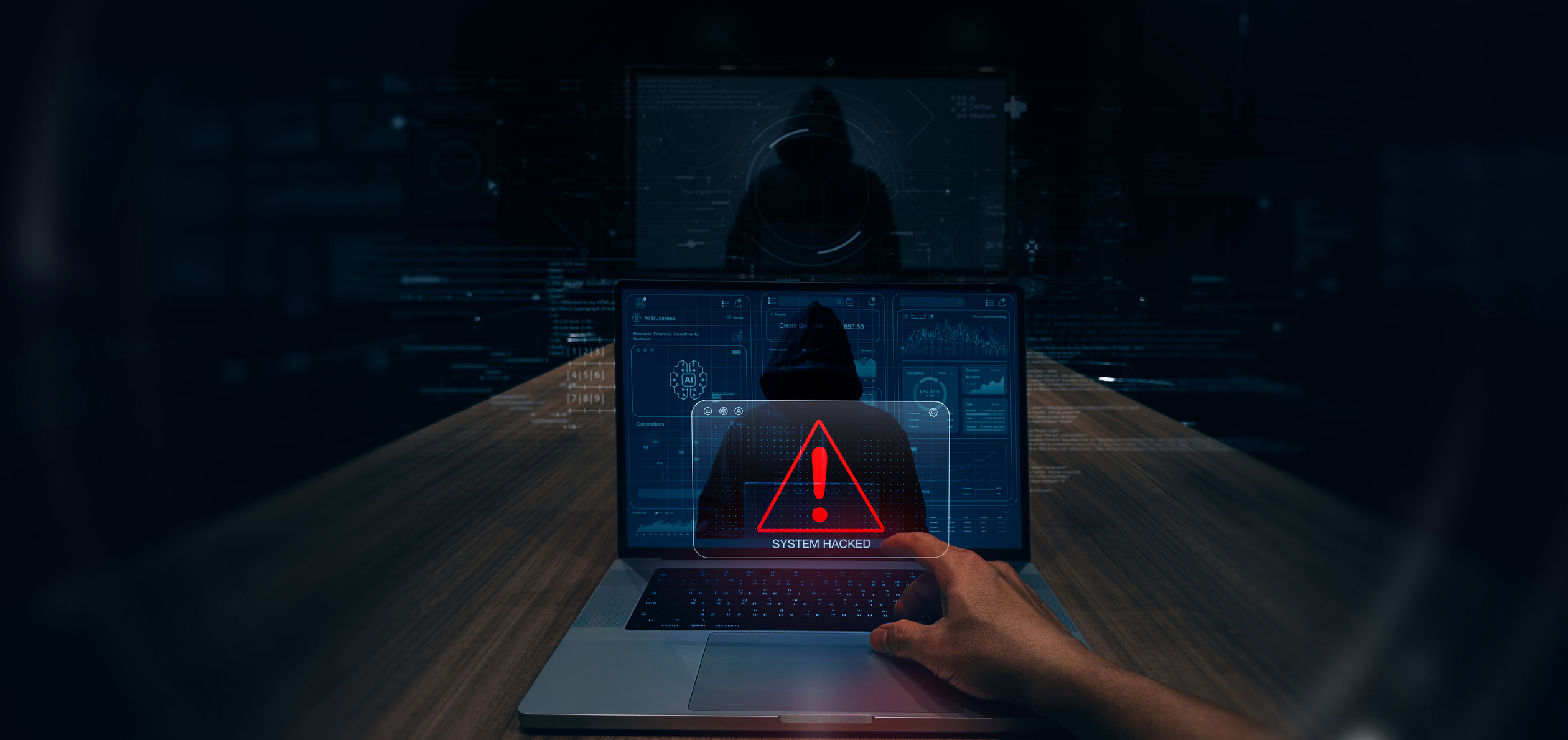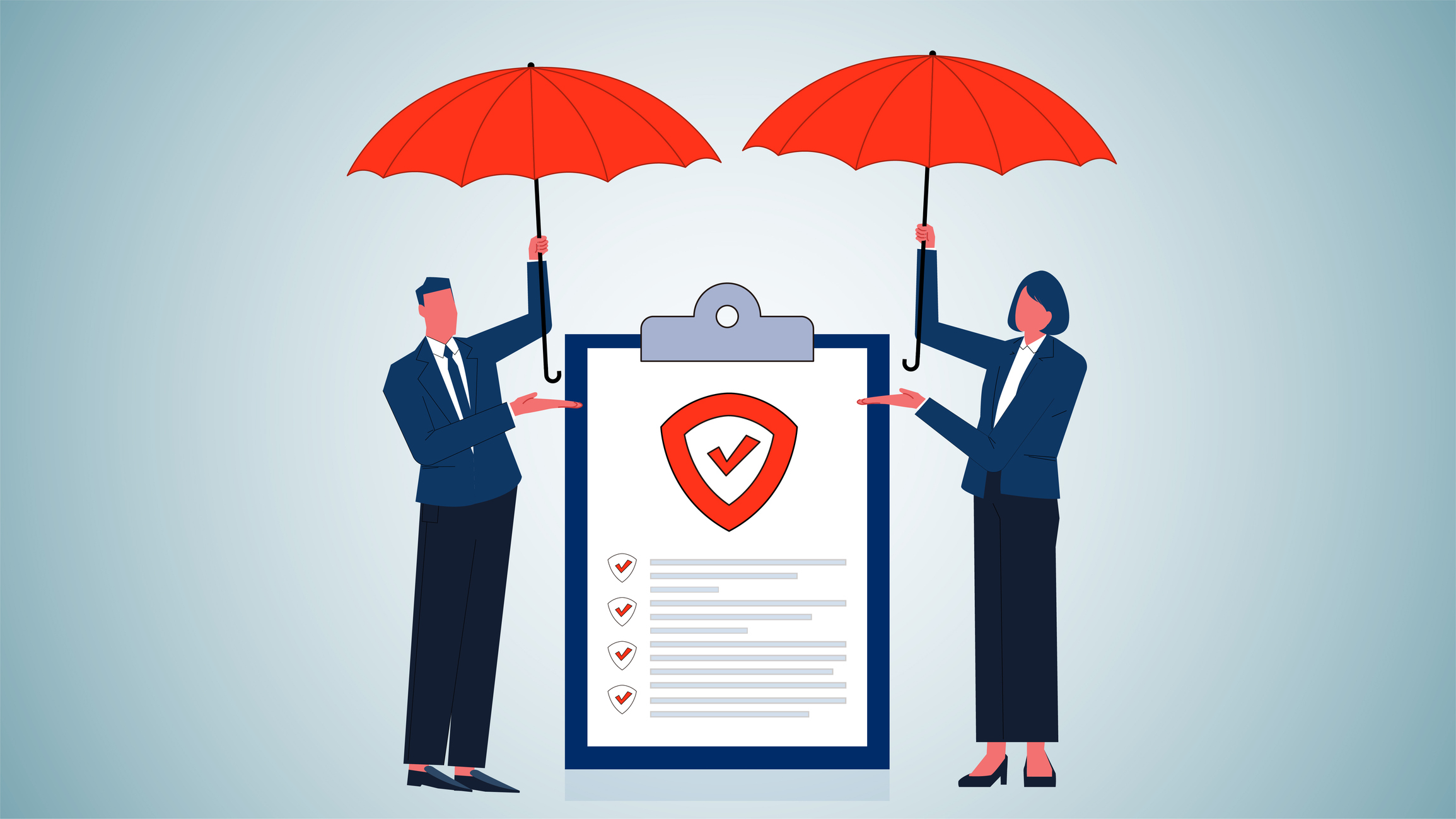Sloppy security practices in the workplace can undermine a company’s investments in tools and technology. Even the most advanced firewalls, intrusion detection systems, or encryption protocols cannot compensate for employees who are unaware of risks or uninformed about best practices.
Although AI is driving faster detection and lowering breach costs for some organizations, human error and weak oversight continue to create costly exposures. Building a cybersecurity-aware culture remains one of the most effective defenses available to any organization.
A security-aware culture ensures every employee—from the CEO to the newest intern—understands their role in defending the organization. Awareness programs help staff spot phishing attempts, verify unexpected requests, and question unusual activity. This vigilance forms a “human firewall” that adds resilience on top of technical defenses.
Embedding Security into Daily Operations
Security becomes sustainable when it’s part of everyday work. That means applying best practices like strong, unique passwords, multi-factor authentication, and keeping software current. It also means integrating security reviews into project planning and product development, so risk is considered at the design stage—not after the fact.
Leadership plays a crucial role. When executives model secure behavior and prioritize training, employees follow suit. Collaboration across departments—between IT/security teams and business units—helps align defenses with workflows, ensuring security measures are practical and effective.
The Cost of Inaction, The Value of Resilience
The Cost of a Data Breach report shows the global average breach cost has dipped to $4.44M, but in the U.S. the figure climbed to $10.22M. Insider threats remain among the most expensive incidents, precisely because they exploit human knowledge and access. Without a culture of vigilance, organizations face higher breach costs, operational disruption, regulatory penalties, and long-term reputational harm.
Technology alone is not enough. By cultivating a cybersecurity-aware culture, organizations empower employees to be defenders rather than liabilities. This collective vigilance reduces errors, builds trust, and strengthens resilience.









